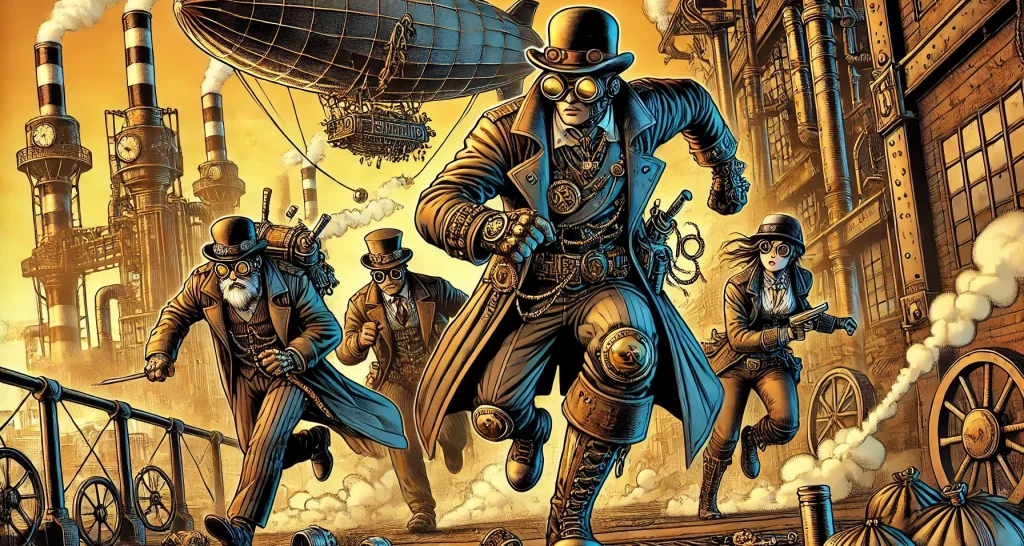Movement is determined by a base movement distance that all characters share. Any adjustment to the base movement value for a particular character can be represented by an attribute. For most games where the PCs represent humanoids, the base movement value is suggested to be 30 feet per action. In less common scenarios, such as if the PCs represent sentient sports cars, it may make more sense to set the base movement at a quarter mile per action.
To represent variations in base movement, characters will have attributes that modify this speed. For example, in a sci-fi setting, a cyborg may have a trait that increases their base movement by 10 feet per action. In a fantasy setting, a dwarf may have a trait that decreases their movement by 5 feet per action.
Movement rates are important in two key contexts:
- Over long periods, such as determining how far a character can travel in a day or over a journey.
- During action sequences, when time is tracked carefully, movement rates dictate how far a character can move per round.
Movement acquired by spending an action point may be broken up throughout the round. For example, a character can use part of their movement, perform another action, and then use the remainder of their movement afterward, allowing for flexible and dynamic positioning during action sequences.

